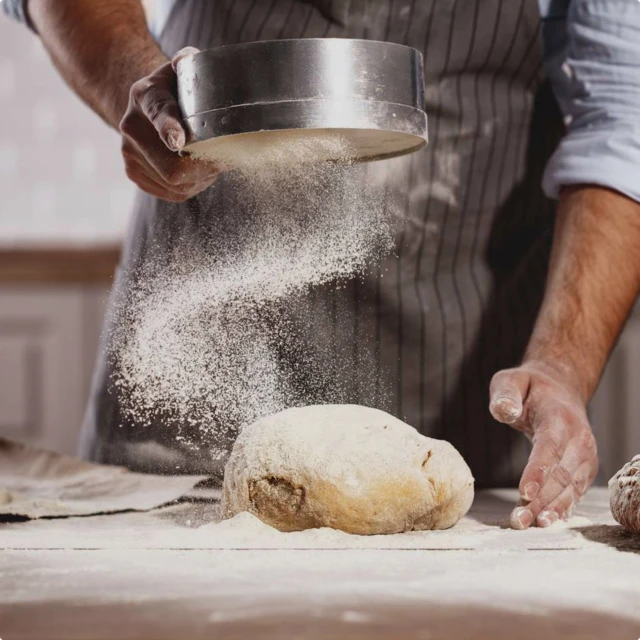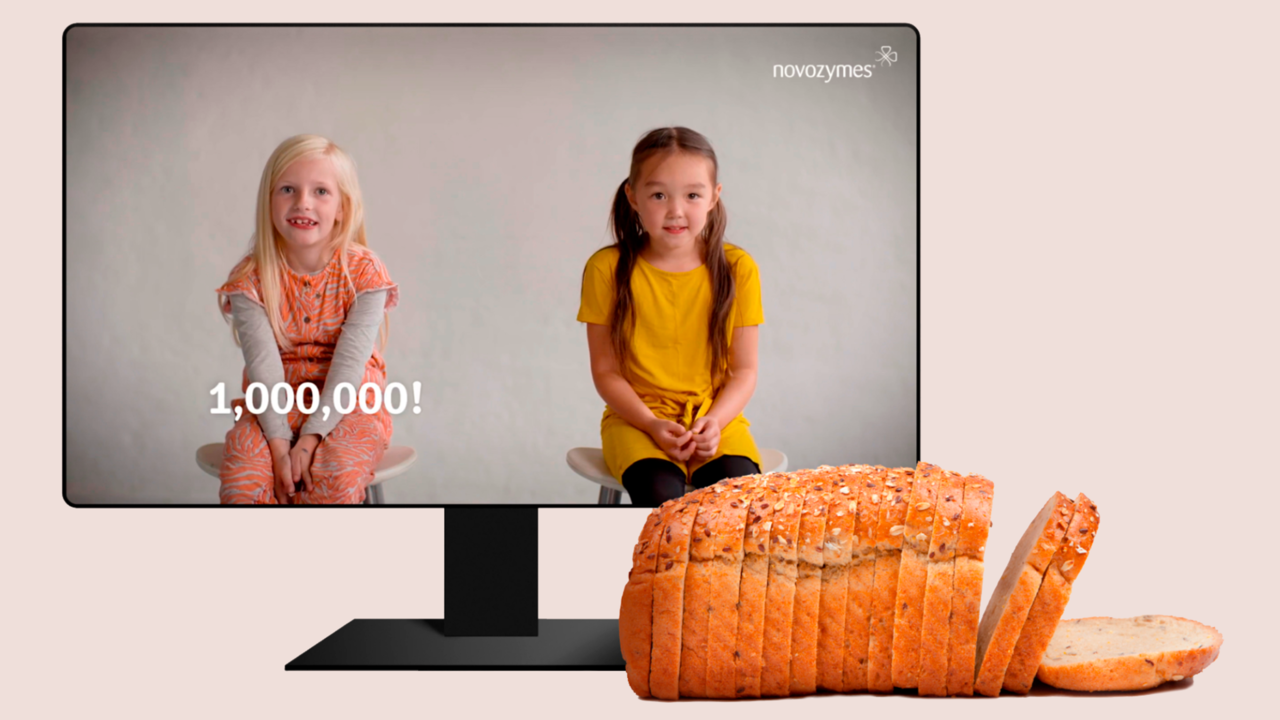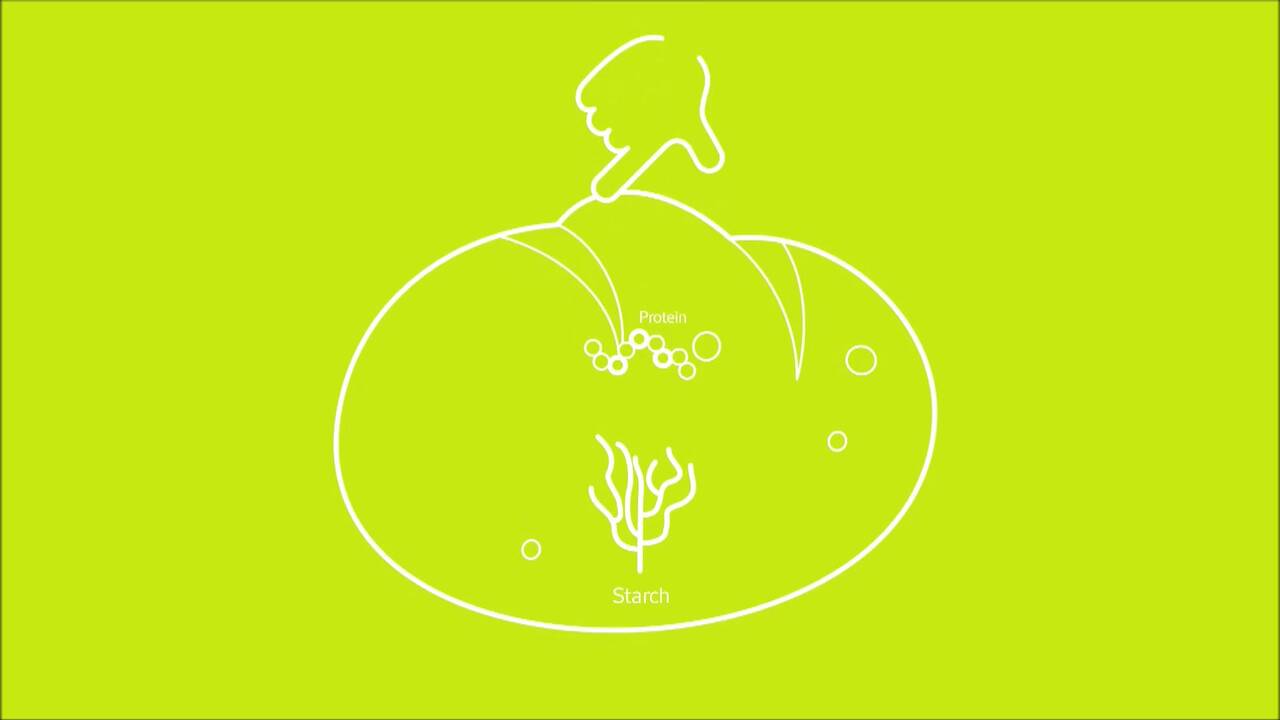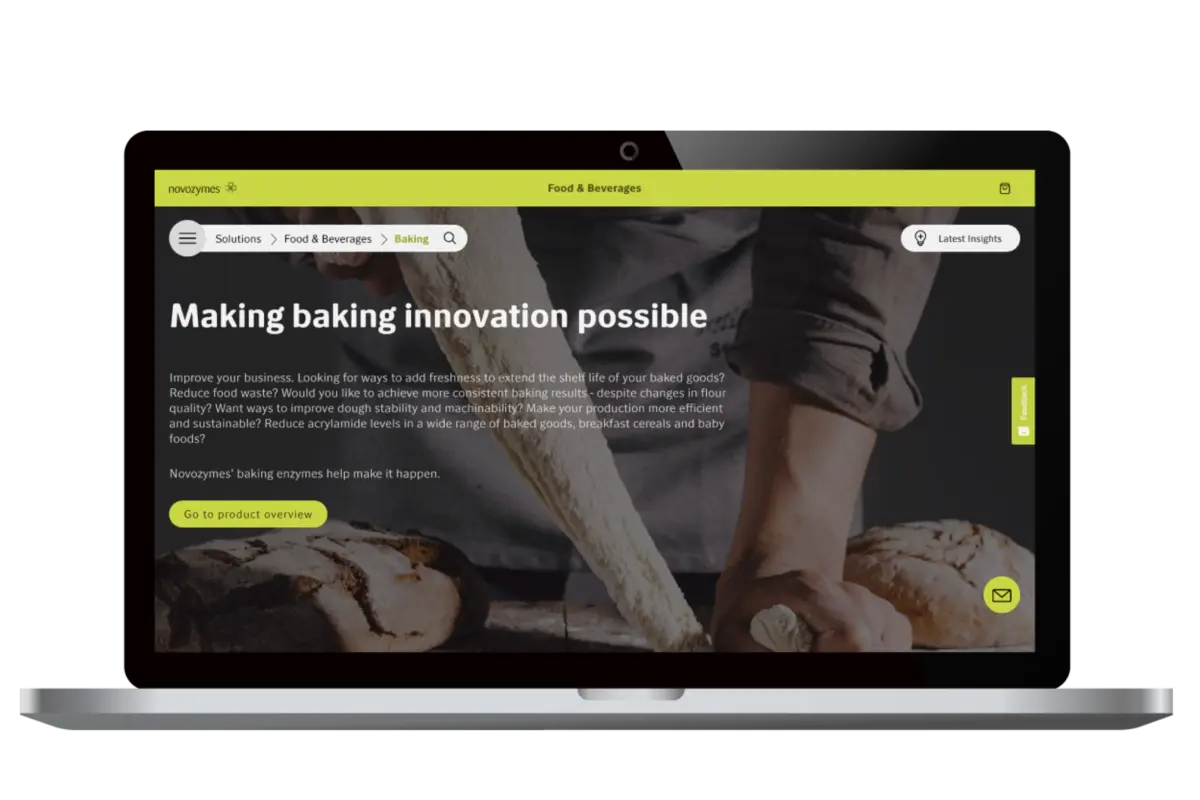Cutting emissions from bread waste with biosolutions
Let’s accelerate and Rethink Tomorrow
Food waste’s climate impact might be bigger than you think
We know that food waste is a huge emitter of CO2. The annual carbon footprint of food waste and loss is 3.3 billion tonnes. And much of the world’s food waste comes from our own kitchens, with households generating 61% of food waste in 2019. That’s why many are taking steps to waste less food. But when it comes to bread, most of us are unwilling to compromise. Date marks don’t matter; bread has to smell, feel and taste fresh. In our study of international consumers more than 20% of people said that when bread becomes dry they throw it away. The crop production, processing, packaging and transport related to bread that’s ultimately wasted are all contributors to climate change. So bread is a significant contributor to the carbon footprint of food waste.
Isn’t it time for a rethink?

This all adds up to
55 Billion Tonnes
That was the amount of CO2 emitted into our atmosphere in 2021. And the number has not started declining yet. So every tonne we can keep out of our atmosphere through carbon capture counts.
Keeping bread fresher for longer with biosolutions
We started rethinking our approach to bread waste more than thirty years ago. The result was the Novamyl® family of freshness enzymes. Since their launch in 1990, they’ve saved an estimated 80 billion loaves of bread from being thrown away. If you stacked those loaves up, they’d reach to the moon and back ten times.
Assuming that 80 billion fewer loaves were produced because of bread not being thrown away, Novamyl® has so far saved an estimated 45 million tonnes of CO2 since 1990. Following the success of Novamyl® we continued to innovate, launching solutions to extend freshness and reduce waste in flatbreads, rye breads, wraps and cakes.

And wait, there's more: Reduced emissions from landfill and plastic
There are other climate benefits to keeping bread fresh for longer. As food rots, it produces methane and other greenhouse gases (GHGs). By diverting bread from landfill, Novamyl® helps reduce these. Also, bread usually comes wrapped in plastic that emits GHGs at every stage of its lifecycle and often ends up in our oceans. Less bread produced means less wrapping, so Novamyl® also plays a role in reducing these plastic-related GHG emissions and pollution.

But what will the impact be?
"Climate and food systems are inextricably linked. With solutions to increase the shelf-life of baked goods using enzymes, we help to reduce food waste and thereby the overall demand on the food systems. It’s a big challenge, and we are happy to make our humble contribution."
Adam Benjamin Vestergaard Diggle,
Business Unit Director, Baking

What are baking freshness enzymes?
Freshness enzymes work on starch in flour. Soon after baking, certain molecules in starch granules start to move from a gel-like to a hard state. This is thought to be a major cause of bread staling. Baking freshness enzymes slow this process down so bread stays fresher for longer.

Want to learn more about baking enzymes?
